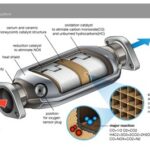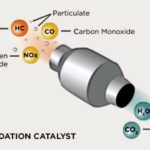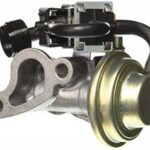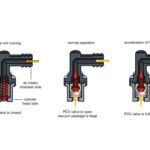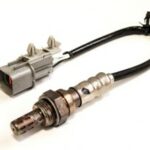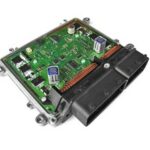Emission Control Systems

All vehicles certified by US EPA or the California Air Resources Board (CARB) have emission control systems that monitor and regulate the engine operations and exhaust gases to maintain air pollutants at strict levels.

The emission control systems comprise of not just hardware, but also the OBD system and software. You can see what emission controls are required by:
- The primary source is the under the hood Vehicle Emissions Control Information label (or VECI) label. This will not only tell you the model year and certification class, but also lists what emission control devices are used.
- There are aftermarket emission control information manuals, such as the one produced by MOTOR Information Systems.
- You may also use aftermarket online automotive repair systems like Mitchel and ALLDATA.
- The vehicle manufacturer itself, or their service manuals, can also help you.
Types of Emission Control Systems
Catalytic Converter
HC, CO and NOx control
Catalytic Converter
HC, CO and NOx control
The catalytic converter is the single most important emission control device intended for combustion engines.
Oxidation catalysts have only one element, to oxidize CO and HC. Three-way catalysts add a second reduction catalyst to control NOx.
Air Injection
Enhances catalyst function
Air Injection
Enhances catalyst function
Air injection is sometimes used to improve the performance of catalytic converters by injecting air (most importantly oxygen) into the catalyst. These are sometimes referred to as “smog pumps”.
Diesel Oxidation Catalyst (DOC)
HC and CO control
Diesel Oxidation Catalyst (DOC)
HC and CO control
The DOC is very similar to a gasoline engine oxidation catalyst except it is designed to withstand diesel exhaust which has more particulates.
Engine Gas Recirculation (EGR)
NOx control
Engine Gas Recirculation (EGR)
NOx control
The EGR valve mixes some exhaust gas into the intake air. This cools the combustion process slightly and helps control excess NOx. The valve is opened and closed as needed and can also become clogged or stuck and require cleaning. Some diesel engines also have an EGR cooler.
Positive Crankcase Ventilation (PCV) Valve
HC control
Positive Crankcase Ventilation (PCV) Valve
HC control
The PCV valve is a simple part that directs unburned hydrocarbons from the cylinder head (usually connected to the valve cover) back into the air intake.
Larger diesel engines use a larger system called “closed crankcase ventilation” that effectively does the same thing, but incorporates an oil filter element.
Oxygen Sensor
Oxygen Sensor
The oxygen (O2) sensor does not directly control emissions, but helps control the air/fuel ration and monitors catalyst efficiency.
Engine Computer (ECU or ECM)
All pollutants
Engine Computer (ECU or ECM)
All pollutants
All the sensors and emission controls feed into the computer, which monitors and controls nearly all functions of the engine.

